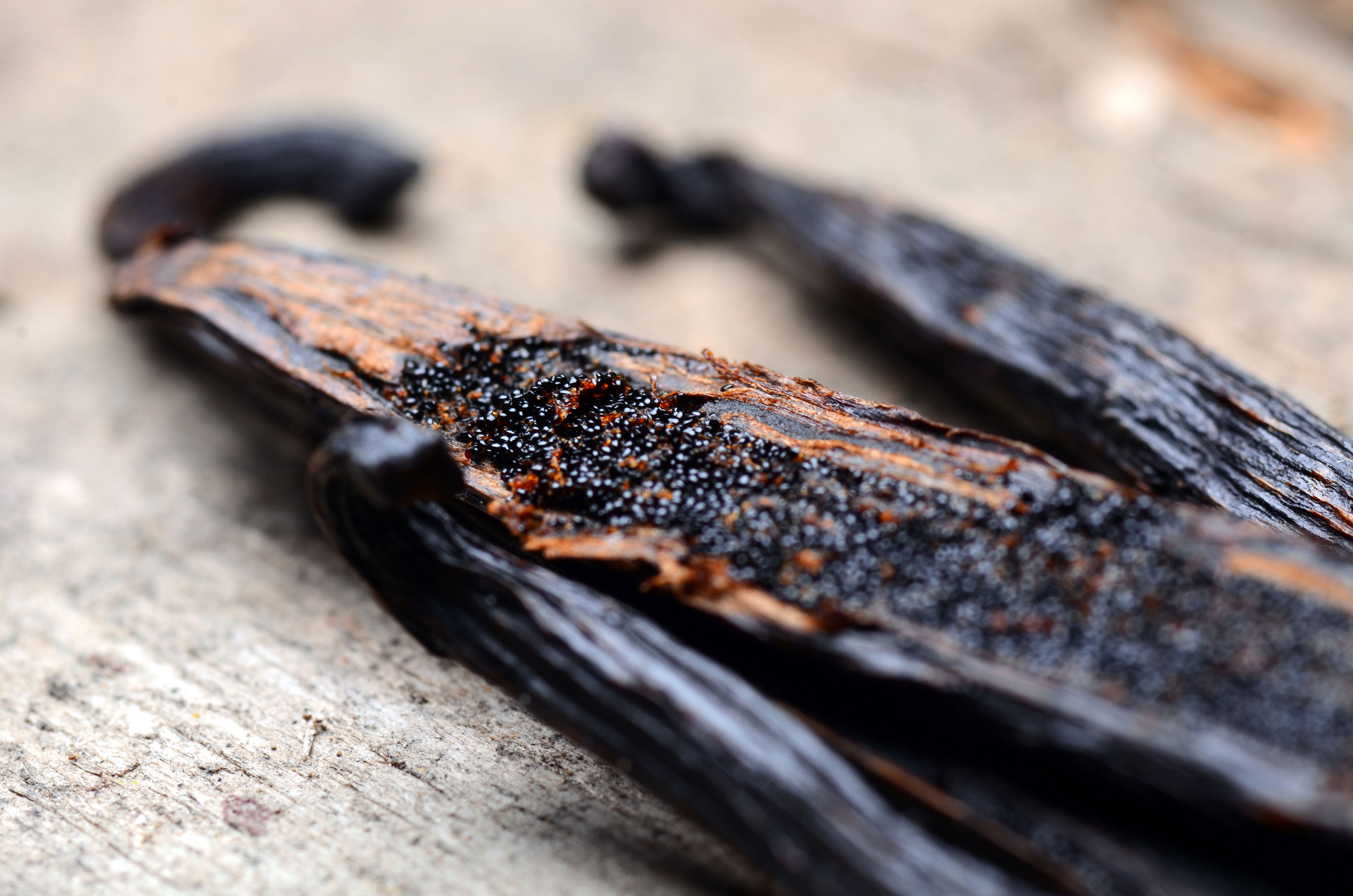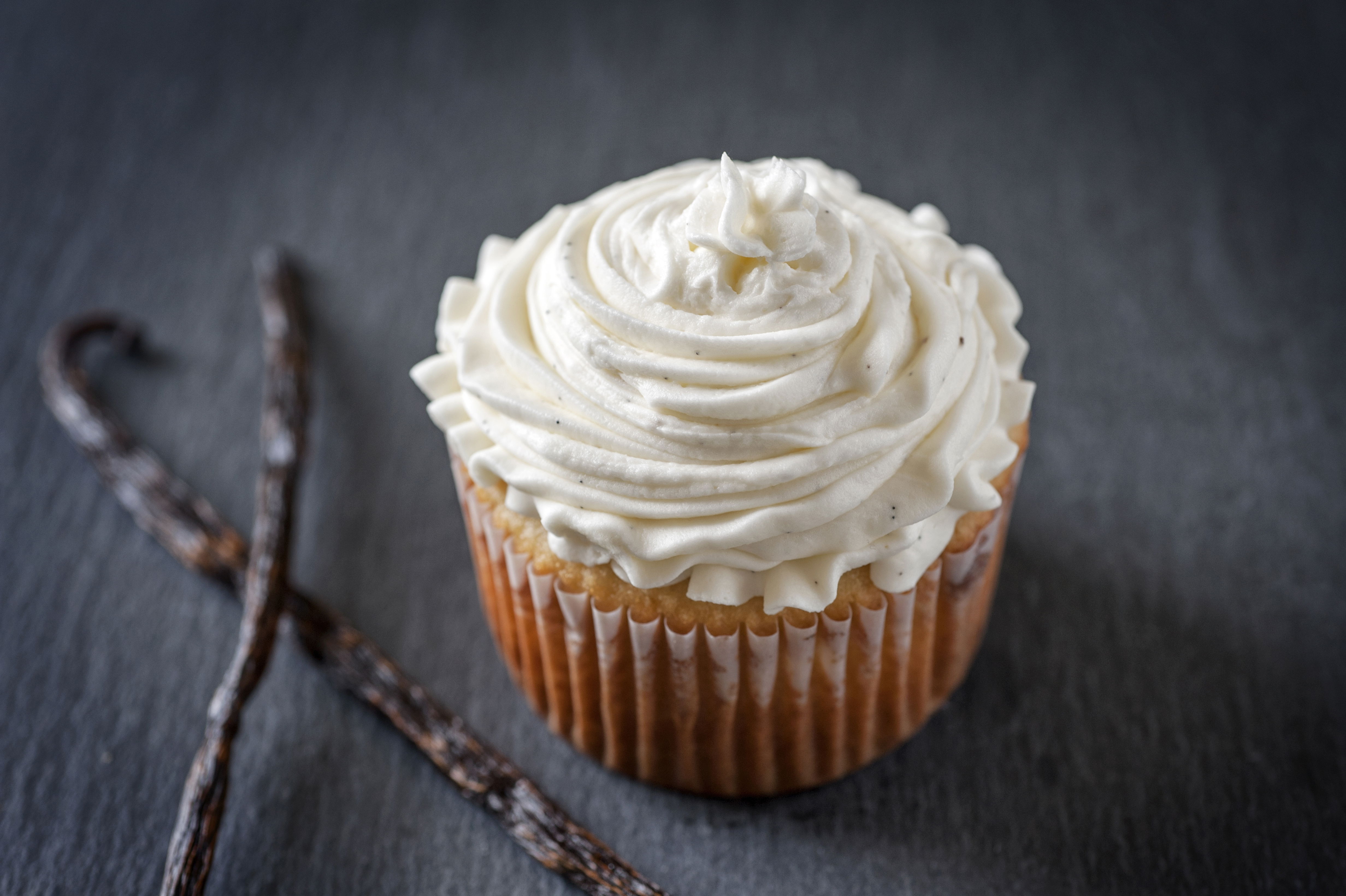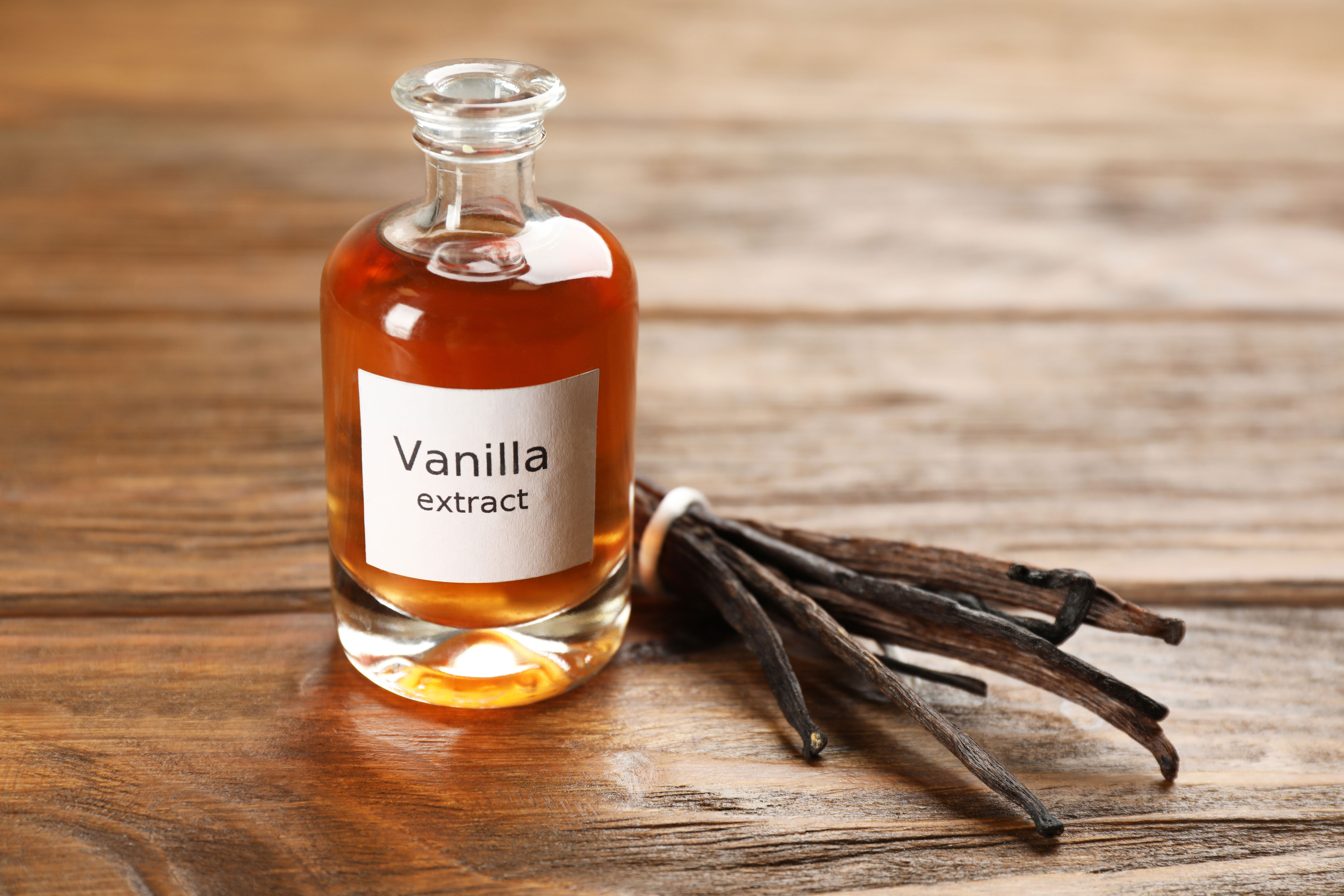The Art of Vanilla: A Journey into the World of Vanilla Beans
Vanilla, with its creamy and aromatic profile, is one of the most cherished flavors in the culinary world. However, behind its delightful taste and scent lies a fascinating journey that begins with the vanilla bean. Let’s dive into the world of vanilla beans and uncover what makes this spice so extraordinary.

What Are Vanilla Beans?
Vanilla beans are the pods of the vanilla orchid, specifically the *Vanilla planifolia* variety. Native to Mexico, vanilla orchids produce these long, slender pods that are harvested and cured to develop their complex flavor profile. Each pod contains thousands of tiny black seeds known as vanilla caviar, which is where the characteristic vanilla flavor resides.
From Orchid to Bean: The Cultivation Process
Cultivating vanilla is a labor-intensive process. Vanilla orchids require a tropical climate to thrive, and their flowers are often pollinated by hand, as natural pollinators are rare. Once pollinated, the vanilla pods grow for about 8-9 months before being harvested. The curing process is crucial to developing the beans' rich flavor. After harvesting, the beans undergo a series of steps including blanching, sweating, drying, and conditioning to transform them from green pods into the aromatic, dark brown vanilla beans we know and love.
Why Vanilla Beans Are Special
Vanilla beans are prized for their deep, complex flavor, which is a result of the chemical compounds vanillin and piperonal. Unlike vanilla extract, which is made by infusing vanilla beans in alcohol, the whole bean provides a more robust and nuanced flavor. The seeds inside the pod are especially aromatic and add a visual appeal to dishes.

How to Use Vanilla Beans
Using vanilla beans can elevate your culinary creations. Here are some tips:
Scraping the Seeds: To use vanilla beans, cut them lengthwise and scrape out the tiny seeds with the back of a knife. Add these seeds to your recipes for a burst of vanilla flavor.
Infusing: The used pod can also be added to milk, cream, or sugar to infuse flavor. Simply place the pod in the liquid and let it steep.
Storage: Keep vanilla beans in an airtight container in a cool, dark place to preserve their flavor. They can last for several years if stored properly.
Why Choose Vanilla Beans Over Extract?
While vanilla extract is convenient, vanilla beans offer a purer and more intense vanilla flavor. The natural oils and compounds in the beans provide a depth that extracts often lack. For recipes where vanilla is the star ingredient, such as custards, ice creams, and baked goods, vanilla beans are worth the investment.

Sustainability and Sourcing
When purchasing vanilla beans, consider their sourcing. Ethical and sustainable practices are crucial in vanilla production. Look for beans that are certified organic or fair trade to ensure that you are supporting responsible farming practices.
Conclusion
Vanilla beans are a testament to the rich and intricate process of nature’s flavors. Their journey from orchid to pantry is a story of dedication and craftsmanship. By choosing vanilla beans, you’re not only enhancing your culinary creations but also embracing a tradition that celebrates the art of flavor.